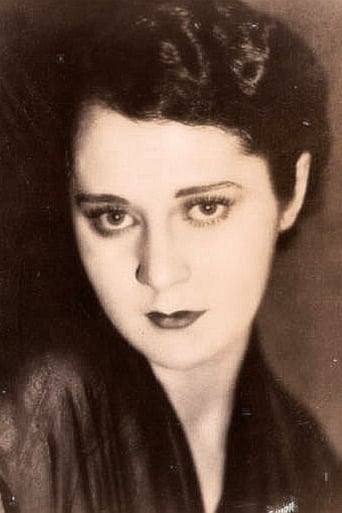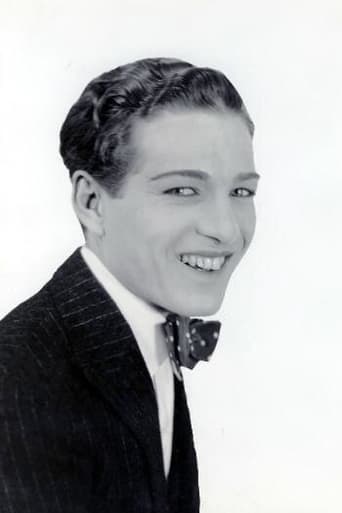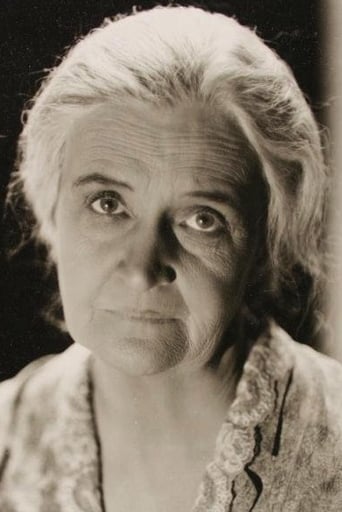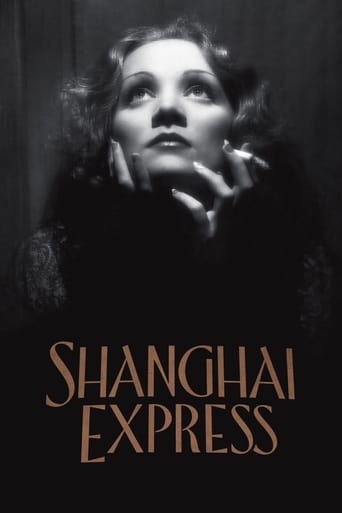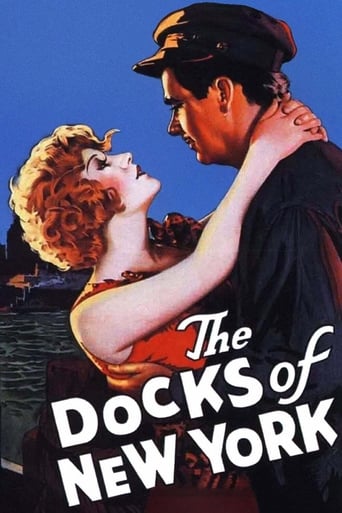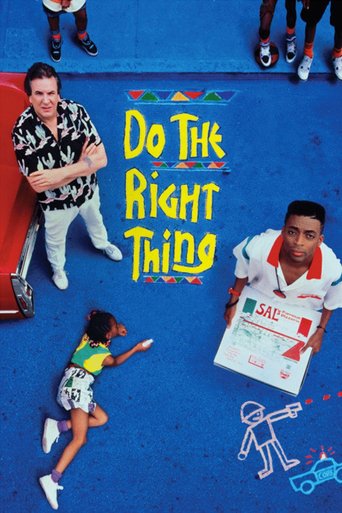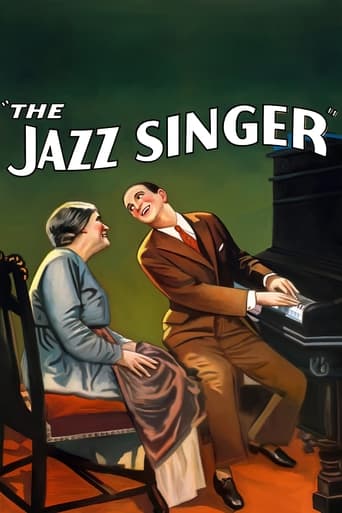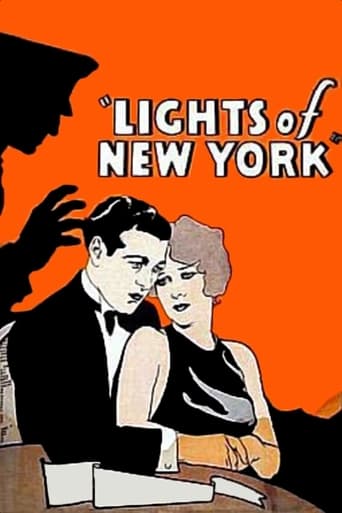
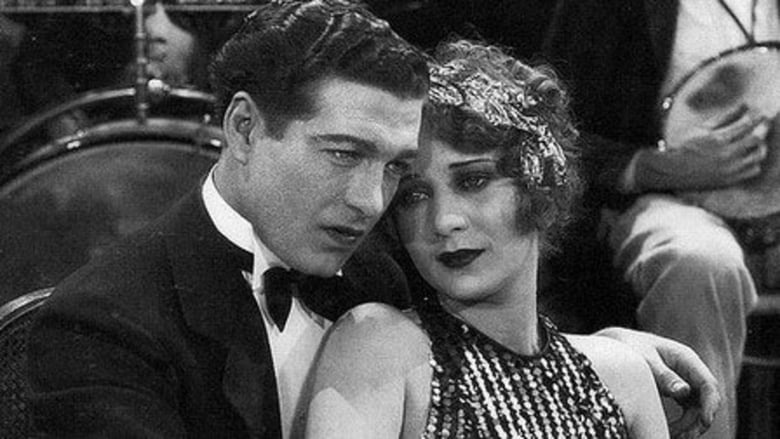
Lights of New York (1928)
Eddie is conned into fronting a speakeasy for a local gangster who intends to frame him for the murder of a cop.
Watch Trailer
Cast
Similar titles

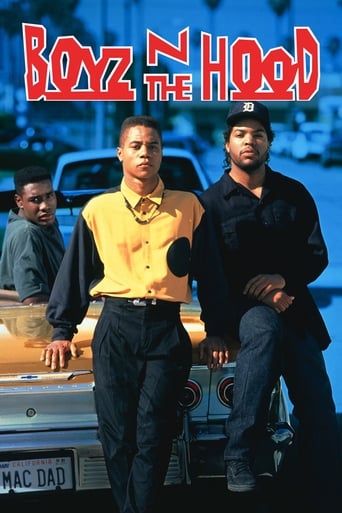

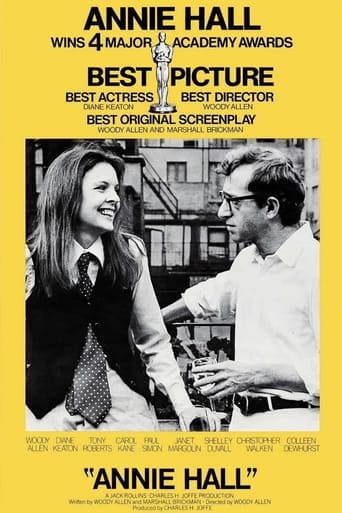
Reviews
Don't listen to the Hype. It's awful
A film with more than the usual spoiler issues. Talking about it in any detail feels akin to handing you a gift-wrapped present and saying, "I hope you like it -- It's a thriller about a diabolical secret experiment."
A movie that not only functions as a solid scarefest but a razor-sharp satire.
Although I seem to have had higher expectations than I thought, the movie is super entertaining.
"Lights of New York" originally started out as an experimental two reel Vitaphone short that eventually snowballed into the first all talkie feature film. Helene Costelle was supposedly one of the most beautiful actresses in Hollywood and sister to (in my opinion the real beauty) Dolores Costello, who seemed to get all the breaks. Poor Helene is best known for appearing in this pretty dreary film that bought a revolution to Hollywood!!Two bootleggers on the lam in "Main Street" convince a couple of small town barbers to try their luck on Broadway. The barbers Eddie (Cullen Landis) and Gene (Eugene Palette) don't realise that their barber shop is soon a cover for illegal bootlegging activities. They soon do realise it and regret the day they left their small town. The only thing keeping them going is the loan that Eddie's mother gave them and that they desperately want to pay back. Eddie becomes re-acquainted with Kitty Lewis (Helene Costello) a girl from his home town who has made good on Broadway. Kitty is worried about "Hawk" Miller (Wheeler Oakman) who is always hanging around her but Eddie, innocently, thinks she is exaggerating as "Hawk" already has a girlfriend Molly (Gladys Brockwell) but to reassure her he gives her a little handgun to frighten unwanted admirers away. "Hawk", who has killed a police officer and has the "Feds" closing in, decides to frame Eddie. Meanwhile Molly is getting pretty fed up with "Hawks" treatment of her and after a showdown where he tells her he is after a chicken and not an old hen the stage is set for - Murder!!!The fact is it isn't completely awful, apart from gangsters and showgirls alike speaking in their best elocution voices and that was still happening in films in 1930. Gladys Brockwell (if a trifle melodramatic) and Eugene Palette (quite natural) were okay and were the most seasoned actors in the cast. There was no John or Ethel Barrymore to be seen - Cullen Landis and Helene Costello soon returned to the obscurity from which they had come. I also didn't notice much of the "hidden mike" - where people had to be grouped around different objects ie a telephone or sitting on a couch before they could engage in conversation. People who saw it at the cinema probably started to think that all policeman talked in that flat monotone as that trend continued in many early talkies ie "Little Caesar" (1930). In any case they were probably intrigued by the novelty of a completely all talkie - with some singing and dancing - film in 1928.Recommended.
When someone asks the question, "What was the first talking picture?" the answer that immediately comes to mind is THE JAZZ SINGER (1927) starring Al Jolson. Well, that's partially correct. For anyone who's never seen THE JAZZ SINGER might expect an all-sound motion picture with songs. In retrospect, THE JAZZ SINGER does include songs, but much of the scenario was silent accompanied by a Vitaphone orchestral score. With other major studios experimenting the methods of silent films by adding talking sequences to its existing underscoring and inter-titles, LIGHTS OF NEW YORK (Warner Brothers, 1928), directed by Bryan Foy, scripted by Murray Roth and Hugh Herbert, was a step in the right direction for being the first all-talking feature length movie. As with many Hollywood firsts, LIGHTS OF NEW YORK was and still is not a great film due to awkward acting and offbeat dialogue, yet the result is another landmark during the dawn of sound made essential to the history of motion pictures.Opening with a prologue, the first inter-title reads: "This is a story of Main Street and Broadway - a story that might have been torn out of last night's newspaper. Main Street - 45 minutes from Broadway - but a thousand miles away." Because his girlfriend, Kitty Lewis, has gone to New York and made a success for herself, Eddie Morgan (Cullen Landis), a barber yearning for a better life outside his small own where nothing ever happens, asks his mother (Mary Carr), proprietor of the Morgan Hotel, for a $5,000 loan so that he and his friend, Gene (Eugene Palette) can go into partnership with Jake Jackson (Walter Percival) and Dan Dickson (Jere Delaney), guests in Room 21. At first Mrs. Morgan relents loaning the money until she meets with these "gentlemen" before heading back to New York the following morning. Story: "Broadway - 45 minutes from Main Street, but a million miles away." Six months pass. Eddie and Gene, owners of the White Way Barber Shop on 46th Street, come to realize their big mistake for being talked into having their barbershop as a front for bootleggers. Unknown to Eddie, "Hawk" Miller (Wheeler Oakman), owner of the Night Hawk Club ("where anything can happen and usually does") is not only the ring leader of the bootleg operation, but out to get his Kitty, dancer at his club, for himself, much to the jealous nature of Molly Thompson (Gladys Brockwell), his rejected mistress. As Miller plots to do away with Eddie by placing the boxes of Old Century liquor in his barbershop, Miller is later shot and killed by a mysterious assassin, leaving poor Eddie as the prime suspect.A straightforward melodrama with an amusing bit reminiscent of a vaudeville routine where a drunk approaches a cop (Eddie Kane) on Broadway asking where the other side of the street is. For a motion picture that began as a two-reel Vitaphone short, LIGHTS OF NEW YORK, with its backstage musical sounding title, is basically an underworld melodrama with gangster types speaking in gangster lingo. The most memorable line comes from Wheeler Oakman giving an order to his boys, Sam and Tommy (Tom Dugan and Guy D'Ennery) about Eddie, to "Take him ... for ... a ride." This particular scene is the one usually clipped into documentaries of motion pictures, especially when the subject matter is about early talkies. The film is also historical in a sense in offering a inside glimpse of 1920s night clubs better known then as "speakeasies," consisting of chorus girls, dancing patrons and one vocalization of "At Dawning" by the master of ceremonies (Harry Downing). With no "major star" names in the cast, the only one of some familiarity is Eugene Palette, whose distinctive gravel voice made recognizable during his long range of character parts lasting through the late 1940s. His one crucial scene finds him trying to hide the fact from a couple of detectives (Robert Elliott and Tom McGuire) that the customer sitting in his barber chair with his face covered with a towel happens to be a recently murdered Hawk Miller. Aside from Palette and Tom Dugan, other members of the cast, namely silent screen veterans Cullen Landis and Helene Costello, have virtually drifted to obscurity shortly after this film's release. Gladys Brockwell as the girl "who's loved and lost," gives a type of performance of a middle-aged Joan Crawford from the 1960s. Sadly Brockwell passed away the following year (1929) from complications sustained in an automobile accident. For being 1928 production, LIGHTS OF NEW YORK has an advance appeal of one made in the 1940s, not by Warners but something out of a Monogram Pictures programmer. Visual effects with shadows of bootleggers committing their crimes at night simply has that 1940s film noir feel to it. Often labeled as a very bad picture by historians, this remains a real curio as it did way back when, as well as a great opportunity hearing the voices of actors of the silent screen.Never distributed on video cassette, LIGHTS OF NEW YORK can be found occasionally on Turner Classic Movies where it's been playing since May 13, 1995. So the next time someone asks, "What was the first talking picture?" chances are the reply may still be THE JAZZ SINGER, but the final answer remains THE LIGHTS OF NEW YORK. As far as silent films are concerned, there's no turning back now. (**)
Lights of New York was the first all-talking feature film. There had been, of course, The Jazz Singer, released in Oct. 1927 as the first feature film incorporating synchronized dialog. However, this film released in July 1928 is virtually unremembered for its place in film history. It had started out as a short, but gradually more was tacked on until - clocking in at 58 minutes - it accidentally became the first all-talking feature film. It opened to a grind house run and to Warner Bros. surprise, made over a million dollars. That was good money back in 1928.The plot is quite simple. Two country barbers naively buy into a barber shop on Broadway that fronts as a speak-easy for "The Hawk", a gangster. When they learn the truth they can't afford to get out, because the younger barber, Eddie, has all of his mother's money tied up in the place. Kitty is the younger barber's girlfriend, and gangster Hawk (Wheeler Oakman) has an eye for turning in his older girlfriend (Gladys Brockwell) for a newer model - chorus girl Kitty(Helene Costello). A cop is killed while trying to stop the Hawk's men from unloading a shipment of bootleg liquor, and the Hawk sees it as an opportunity to frame Eddie, thus getting Kitty for himself.This early talkie is loads of fun for the enthusiast of these pioneering works. Sure, the plot is elementary and the dialog stilted, but there is something you don't see much of in early talkies - background musical scoring. Vitaphone had originally been used for this very purpose, and here they are still using it for musical accompaniment along with the dialog. And there are singing and dancing numbers! The scenes in Hawk's nightclub are used as an opportunity to show off what films could never do before - musical numbers. There is even a wild-eyed emcee with some heavy makeup left over from the silent era that is a hoot to watch.Vitaphone could not go outdoors at this point due to the static camera booths, so the scene in the park between the two lovers Eddie and Kitty is simulated - and cheaply. The greenery looks like something out of an Ed Wood movie or perhaps a high school production of "Our Town". Gladys Brockwell, as the Hawk's castoff girlfriend, delivers her lines with punch. She's a real trooper considering what lines she has to deliver. To the Hawk - "So you think you can have any chicken you want and throw me back in the deck!". Huh? mixed metaphors anyone? And then there are her final lines "I've lived, and I've loved, and I've lost!" Did someone get paid to write this dialog? Brockwell was making a good success of her talkie career after scoring some triumphs in silent films (the evil sister in "Seventh Heaven"), when a fatal car accident cut her career short.Then there is Eugene Palette - the older of the two barbers in our story. His frog voice, natural delivery of lines, and cuddly appearance gave him a long career as a character actor usually appearing as a put-upon family man/businessman with a gruff exterior and heart of gold. In fact, Mr. Palette is the only member of this cast who still has a notable career in films just three years after this movie is released.Finally there is the question of "where is that microphone hidden?" Microphones were still stationary at this point, and it's fun to figure out where they've hidden it. There is one famous scene, though, where everybody can pretty much figure it out. Hawk is in his office talking to his two henchman - who seem to comprehend as slowly as they talk - about "taking Eddie for a ride". If you watch this scene you'd swear the phone on the desk is a character in this film. It's front and center during the whole conversation. The microphone is likely planted in the phone.There is something heroic about these pioneers flying blind in the face of the new technology of sound. You have silent actors who are accustomed to using pantomime for expression, vaudevillians who know how to play to a live audience but don't know how to make the same impression on a Vitaphone camera booth, and you have dialog writers either trying to write conversation as compactly as they did title cards or filling up films with endless chatter. Check this one out. It is not boring, moves fast, and is loads of fun if you know what to look for. And no, I don't expect this one to ever be out on Blu-Ray, but I hope that the folks at Warner Brothers add it to the Warner Archive soon so everyone can see it.
It is easy to criticize this movie,which has so many shortcomings.But in all fairness we must remember what handicaps everyone was working under.Actors had to speak slowly,and enunciate very precisely to make sure that the primitive microphones could pick up what they were saying.The fact that they were shooting an entire feature as a talkie, instead of just a few isolated scenes,as in previous "talkies",undoubtedly put extra pressure on everyone. To my mind one of the funniest(unintended) aspects of is, when Hawk was telling his two henchmen to "take him for a ride", one of the henchmen looked, and was dressed, like Stan Laurel! Sort of hard to take him seriously as a hit-man! Primitive as it was,this was still a wonder to audiences who had grown weary of the limitations of silent movies.I have always like old silents, but a steady,exclusive diet would get tiresome very quickly.The jeering reaction of the audience in "Singin in the Rain" to the shortcomings of "The Dueling Cavalier" was an anachronism;that is the reaction of an audience used to PERFECTED sound movies.An actual audience of the day might have laughed,but still would have loved it.
